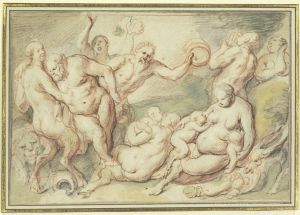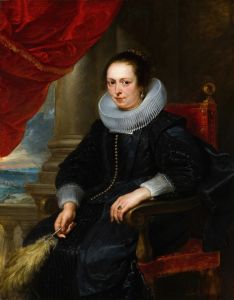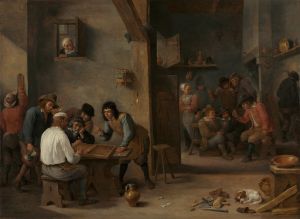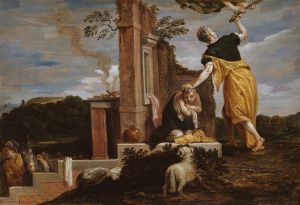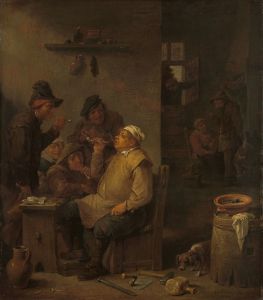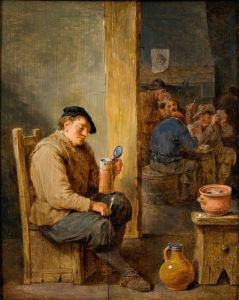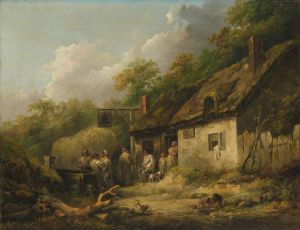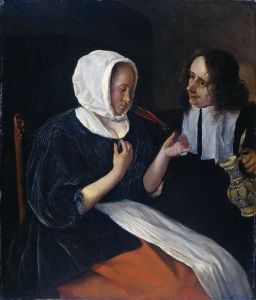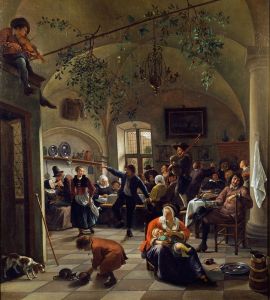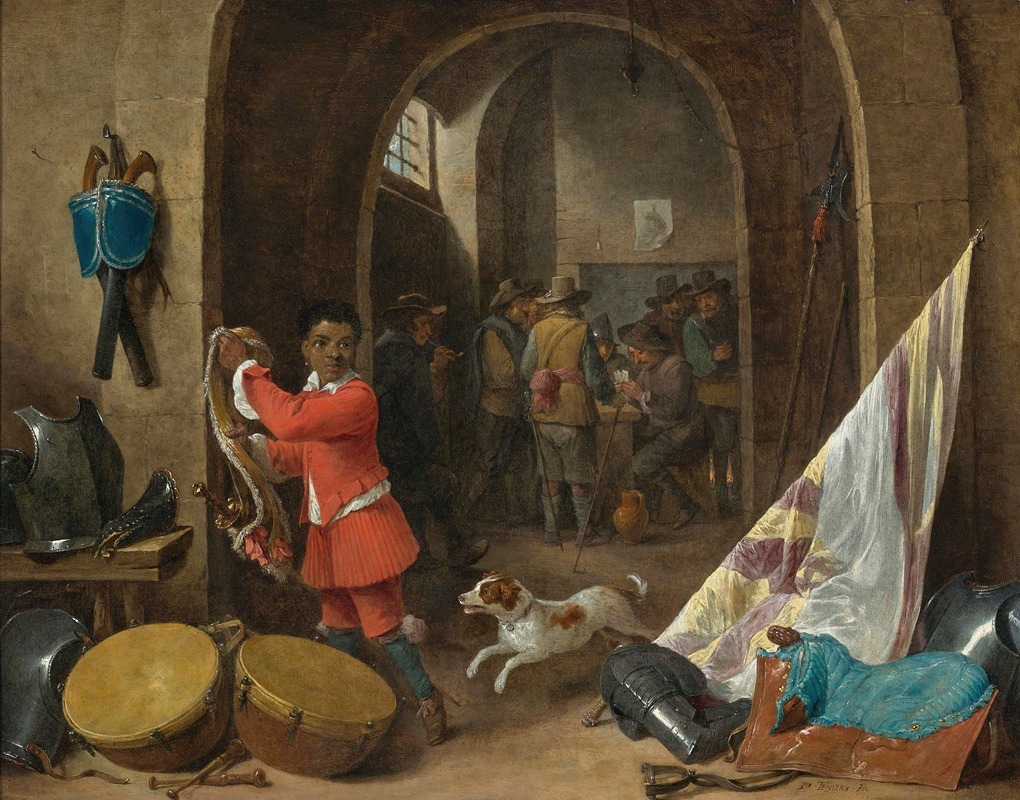
A Guardroom Interior
A hand-painted replica of David Teniers The Younger’s masterpiece A Guardroom Interior, meticulously crafted by professional artists to capture the true essence of the original. Each piece is created with museum-quality canvas and rare mineral pigments, carefully painted by experienced artists with delicate brushstrokes and rich, layered colors to perfectly recreate the texture of the original artwork. Unlike machine-printed reproductions, this hand-painted version brings the painting to life, infused with the artist’s emotions and skill in every stroke. Whether for personal collection or home decoration, it instantly elevates the artistic atmosphere of any space.
A Guardroom Interior is a painting by David Teniers the Younger, a prominent Flemish Baroque artist known for his genre scenes, landscapes, and depictions of peasant life. Teniers was born in Antwerp in 1610 and became one of the most influential painters of his time, gaining recognition for his detailed and lively compositions.
This particular work, A Guardroom Interior, exemplifies Teniers' skill in portraying everyday life with a sense of realism and subtle humor. The painting depicts the interior of a guardroom, a common subject in 17th-century Flemish art. Guardrooms were spaces where soldiers or guards would gather, often shown as lively and somewhat chaotic environments filled with weapons, armor, and other military paraphernalia. Teniers' depiction typically includes a group of figures engaged in various activities, such as playing cards, drinking, or conversing, creating a vivid snapshot of daily life.
The composition of the painting is carefully arranged, with attention to detail and a balanced use of light and shadow. Teniers often employed a warm color palette, and his works are characterized by their meticulous rendering of textures, from the gleam of metal armor to the rough surfaces of wooden furniture. These elements are likely present in A Guardroom Interior, reflecting the artist's mastery of technique and his ability to capture the atmosphere of a scene.
David Teniers the Younger was heavily influenced by his father, David Teniers the Elder, as well as by other Flemish masters such as Pieter Bruegel the Elder. Over the course of his career, Teniers produced numerous works featuring guardrooms, taverns, and other genre scenes, which were highly sought after by collectors and patrons across Europe. His ability to combine narrative detail with technical precision made him a favorite among the aristocracy, including Archduke Leopold Wilhelm of Austria, who appointed Teniers as his court painter.
The exact date of creation for A Guardroom Interior is not definitively known, as Teniers produced many similar works throughout his career. However, it is generally attributed to the mid-17th century, during the height of his artistic output. The painting is held in various collections, with different versions and variations attributed to Teniers and his workshop.
As with many of Teniers' works, A Guardroom Interior provides valuable insight into the social and cultural life of 17th-century Flanders, blending artistic skill with a keen observation of human behavior.





